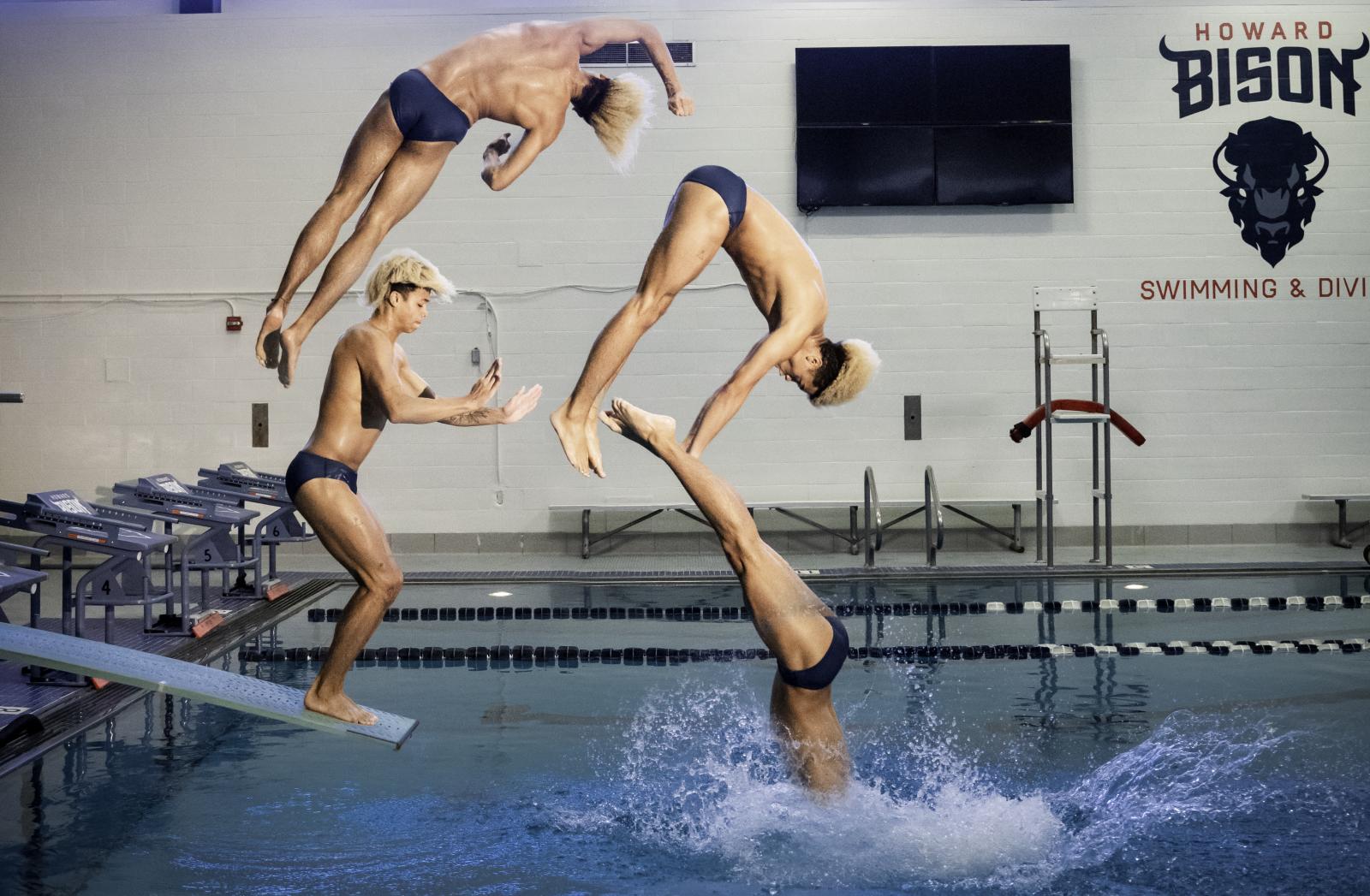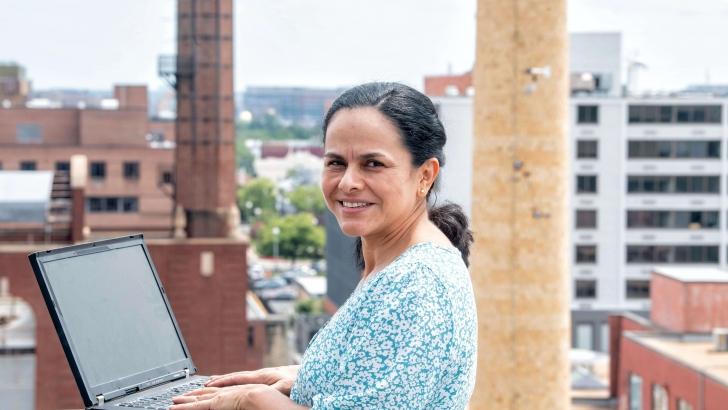In the Summer of 2021, the nation was abuzz with talks of infrastructure. There was the White House-backed infrastructure bill that was being debated by Democrats and Republicans. While there were certainly disagreements between the two parties over how much to spend and what to spend it on, there was – and has been for some time – bipartisan acknowledgement that our country’s aging infrastructure required attention.
And, of course, there was the collapse of the Champlain Towers South condo complex in Surfside, Florida, which killed almost 100 people. Amidst the search and rescue efforts, there were conversations around the building’s major structural problems and why nothing was done to repair them. It was a tragic episode that added urgency to the negotiations taking place on Capitol Hill and made Americans question the safety of the infrastructure they relied on for so much of their daily lives.
Meanwhile, a Howard-led, cross-disciplinary project team, led by Claudia Marin, Ph.D., P.E., professor of civil and environmental engineering in the College of Engineering and Architecture, was working to develop a new method of detecting damage in structures ranging from traffic lights and chimneys to electric power plants and residential buildings.
“The motivation for this project is straightforward to communicate,” Marin says. “Our nation’s infrastructure is in poor condition. Visual inspections are subjective, time-consuming and insufficient to make the right decisions. We need automated tools to assess the health of our infrastructure.”
According to Marin, most structural monitoring today is conducted in one of two ways: The first method involves an inspector or team of inspectors scanning a structure using few tools other than their own eyesight. The other method uses sensors strategically placed on the building to collect structural data, which Marin says is costly, labor- intensive and less effective than the approach her team is working on. Additionally, according to Marin, the applicability of the sensor-based method has not been sufficiently demonstrated, which leads to skepticism surrounding the data the method produces.
Marin is helping pioneer a method of using video to capture movement and artificial intelligence-based modeling to assess and analyze structural integrity. Video is easy to capture and establishes a baseline for how the structure can be expected to move and change.
“The vibration data of a structure is like a fingerprint,” Marin says. “Problems of structures can be identified by studying the vibration data changing over time.”
The team has received a total of $914,000 in funding from the National Science Foundation to continue its work. Marin believes the new video-based approach is essential to improving our nation’s infrastructure. Not only does this method enable more cost-efficient inspection, but it also promises to provide more accurate information about where funding is most needed and how to prioritize intervention.
The team’s efforts to improve our nation’s infrastructure began locally, right on Howard’s campus. A Howard student noticed a crack in the chimney of a building. Marin is working with the Physical Facilities Management team to test out their new approach. On August 4, 2021, they installed instruments to monitor and assess the chimney. Once they have collected enough data, they will offer recommendations for how to proceed.
As they continue to refine their approach, the team has worked with a number of different organizations to share data or conduct damage detection, including WMATA, the U.S. Army Corps of Engineers, Microsoft and the University of Illinois.
“We are trying to help with decision-making,” Marin says. “We have deteriorating and deficient infrastructure in our country. But we do not have sufficient funding to replace everything.” These reliable automated tools for evaluating and monitoring structural health will help support decisions to prioritize what to repair, what to rebuild and what to replace.
Article ID: 256




